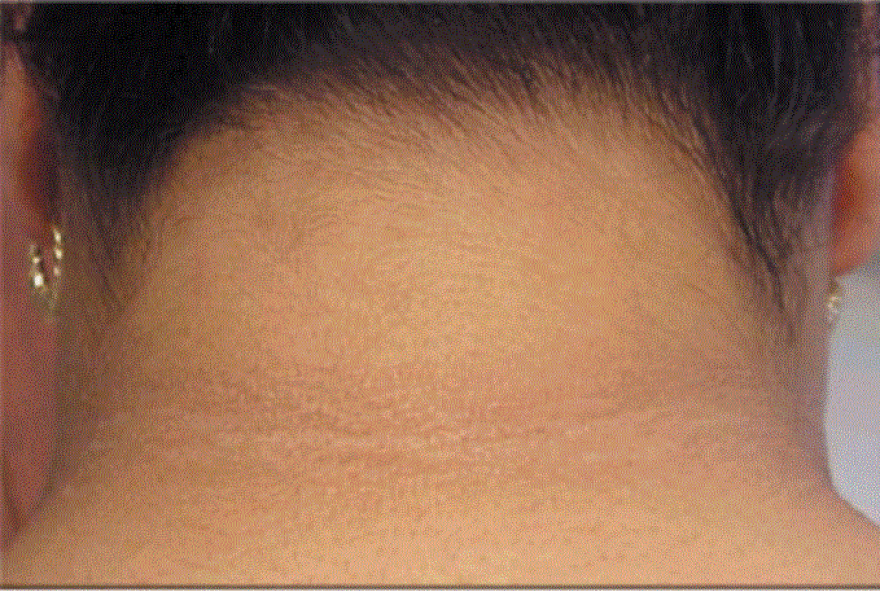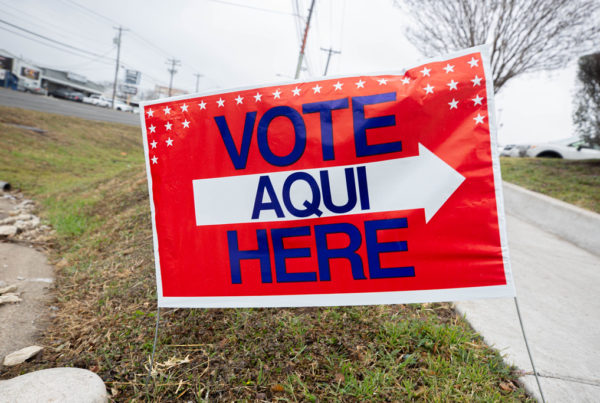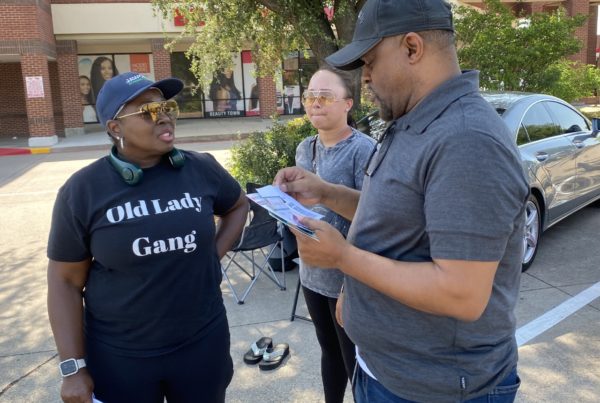From Texas Public Radio:
Texas has one of the highest rates of diabetes, which has almost doubled over the past decade.
The number of people with diabetes is projected to quadruple to nearly 8 million by 2040. And the explosion of diabetes is especially alarming in children.
That’s why Texas has a law that requires the screening of school children for diabetes. But due to COVID-19, in recent years, those screenings aren’t always happening.
Children at risk of developing Type 2 diabetes have a tell-tale marker.
“There is a line on the back of their neck. You see how there’s that distinction? That’s what we look for that dark line on there,” said Andrea, who is a nurse at a San Antonio school district. She asked TPR not to use her last name.
She screens students for potential childhood Type 2 diabetes by looking at the back of their necks. She looks for a patch of skin that is thick and dark. It frequently indicates that there’s too much insulin in the blood, and it can be a sign of diabetes risk.
“It looks kind of dirty, but that’s kind of what it looks like,” she said.
It’s not a dirty neck. It’s a medical condition called acanthosis nigricans.
“I had a problem finally learning how to pronounce ‘acanthosis nigricans,’” said State Rep. Roberto Gutierrez, a Democrat from McAllen. In 2001 he was in the Texas House hearing explaining his bill to help children beat diabetes by requiring school screenings for acanthosis nigricans, also known as A.N.
“If we can teach them and tell them what they need to do, obviously then we can alleviate a lot of the problems,” he said.
‘We can do so much’
Gutierrez also had Type 2 diabetes, and he recognized the terrible trend that more and more children were becoming diabetic but didn’t realize it until it was too late. He said Texas could screen children for diabetes, and do it on the cheap.
“For $5, we can do so much. We can prevent millions of expenditures in the future,” Gutierrez said.
According to the American Diabetes Association, Texas endures a financial burden of $26 billion because of the chronic condition. But there are also staggering indirect costs including lost wages and productivity.
Gutierrez’s bill passed and became law, leading to the creation of the Texas Risk Assessment for Type 2 Diabetes in Children Screening Program. Doreen Garza is the director of the University of Texas Rio Grande Valley Border Health Office that administers the program.
“The program is the only active, real world intervention and prevention effort in the state probably even in the country,” Garza said.
Every year, they screen about a million children, and their findings are distressing.
“Since the beginning, the program has assessed over 15 million children and has identified almost a million children with risk factors associated with type-two diabetes across the state,” she said.
Garza said they see a worsening crisis.
“The data is there. These kids are increasingly becoming overweight, which is a serious risk factor. They are presenting with A.N. They have high blood pressures. These are third and fourth and fifth graders that are walking the halls of their campuses with elevated blood pressures,” she said. “The scary part is that they’re going to grow into this, and the complications are going be that much worse for them.”


















